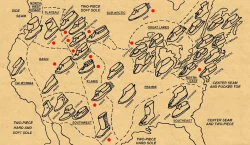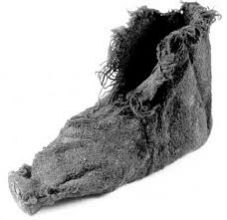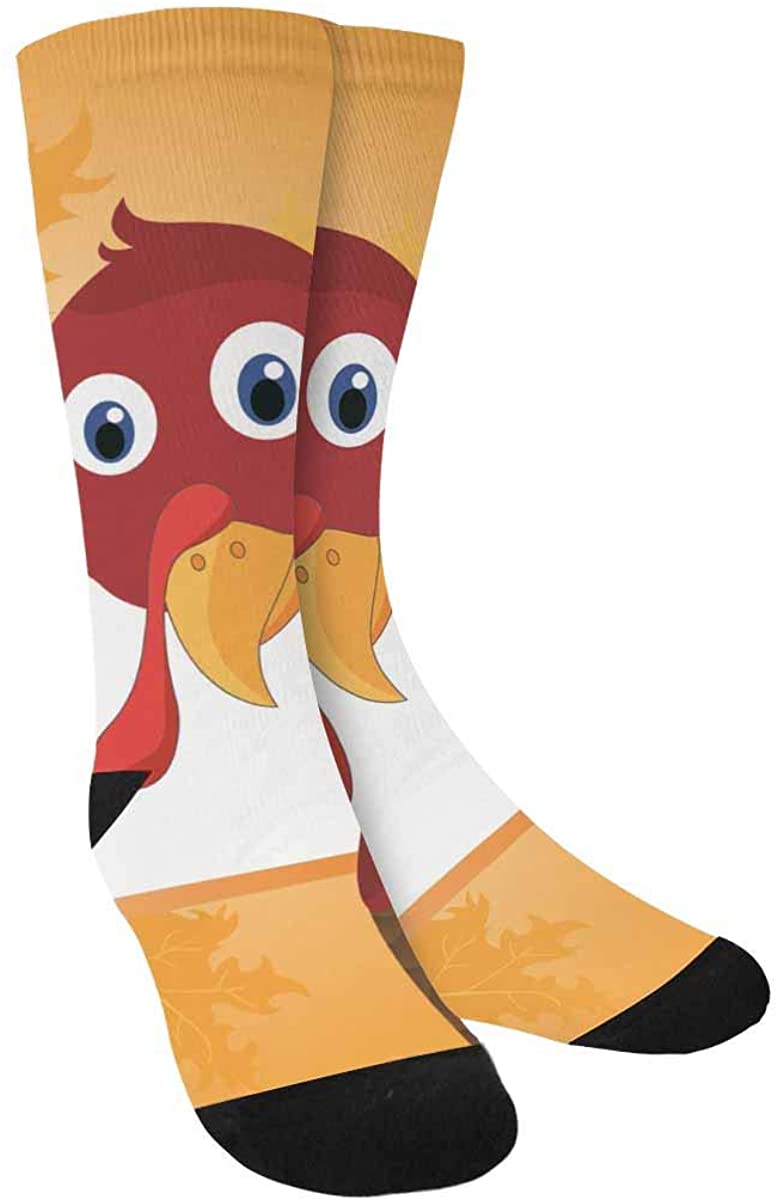What kind of socks and underwear did Native peoples and Mountain Men wear? Fruit of the Loom did not exist until modern times. The first records of socks seem to come from early men wearing foot bags! These were simply animal skins or bladders tied onto their feet using sinews or woven rope. Buffalo bladders were tough and durable. They also used them for water bags.
Native peoples also used rope to weave a sock like bag for their feet. Redwood or mulberry bark could be pounded into strings and spun into thread or yarn. Turkey feathers and other soft material was also made into yarn and them sewn into clothing and socks. Nomadic people used what was available.
Tanned animal hides made the best shoes and clothing. Fringe was left on to wick away moisture and help the shoes and clothing to dry faster. Rabbit fur made comfortable liners. When John Colter had to run naked to save his life, he found a dead buffalo and used the hide as a poncho and to wrap around his feet. He shoved sage and leaves into his footbags for warmth and cushioning.
Socks and moccasins, or sandals, made for great trade goods. Some tribes had materials unique to different areas. Wool or tougher materials were in demand. Even dried fish skin from sturgeon or other aquatic critters were made into footwear.
Ironically, when native people came across boots, from pioneers or soldiers, they cut off the feet and wore the boot tops to protect their ankles or forearms. Boots were not always their size and did not breathe. Leather was also used for other needs, but not feet.
Anything soft could be made into a thread and woven into clothing or socks. The Southwest Indians and Mexicans were the first to domesticate cotton and use the fiber to make yarn. Goats, llamas, alpacas, and sheep also produced yarn.
The first footwear was not socks but Moccasins. These shaped shoes were made from animal hides and secured with sinews. Any sock like material way have been leaves or fur shoved into the moccasin to cushion the soles. When it became dirty, they simply shoved in some fresh material.
Sandals were also used and were made from bark, hide, or anything tough that would protect their feet. For cold weather, moccasins were made taller and wrapped around the legs as leggings. For insulation, leaves and organics were shoved into the spaces. If the people were in water or snow, waterproof fur and hides were needed. Beavers, and aquatic critters served as waterproof materials. Wax or animal fat was smeared on to make the membranes resist water or moisture.
If you had to “walk a mile in their shoes”, that may have been all you got. Early shoes and socks were not durable. They would be worn on rough surfaces or for protection from the elements. Otherwise, they went barefoot. They would often carry several pairs of footbags and switch them out as they became broken or worn. Repairs would help keep them in spares.
Many early peoples, and Mountain Men went Commando and wore no underwear. They would bathe more frequently and wear a loincloth that allowed for ventilation. Innermost garments were made from beaver and other soft furs sinewed together.
Put your best foot forward!
Montana Grant



